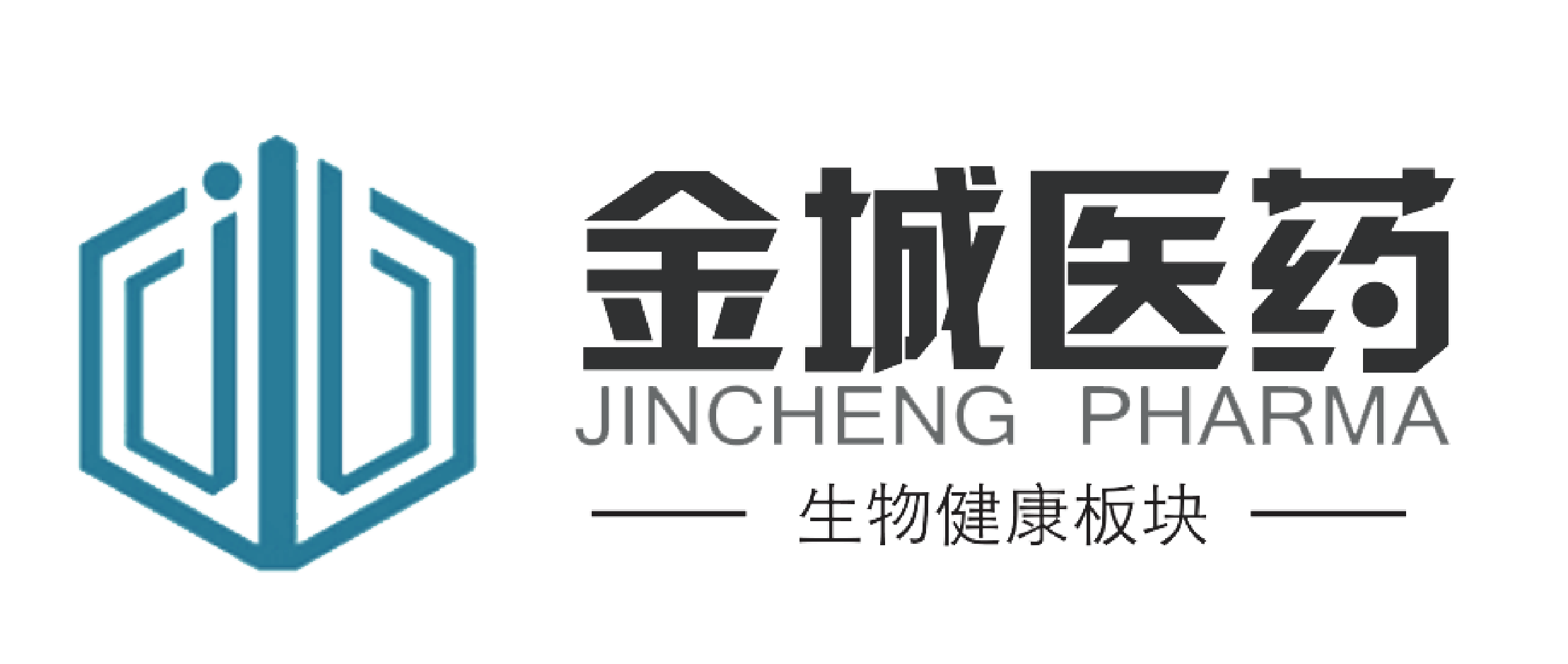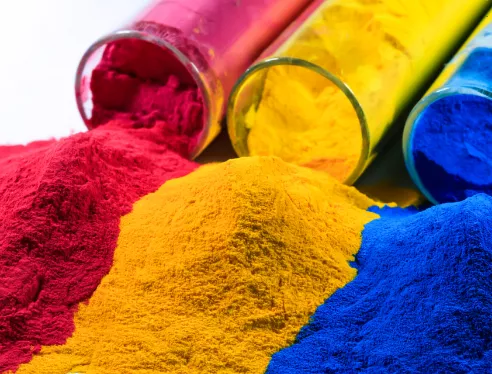Notice for Indonesia Customers Only View details
Are you an Indonesian Customer?
Customer Support
Layanan Pengaduan Konsumen, PT DKSH Indonesia,
(Business Unit Performance Materials, Sales Support Team)
Address
Gedung AIA Central, Level 39, Jl. Jend. Sudirman Kav. 48A, Jakarta Selatan, Indonesia
+62 21 2988 8557
Direktorat Jenderal Perlindungan Konsumen dan Tertib Niaga Kementerian Perdagangan Republik Indonesia
0853 1111 1010
Success! Your inquiry has been submitted to our Sales team.
Something went wrong! Please try after some time.



